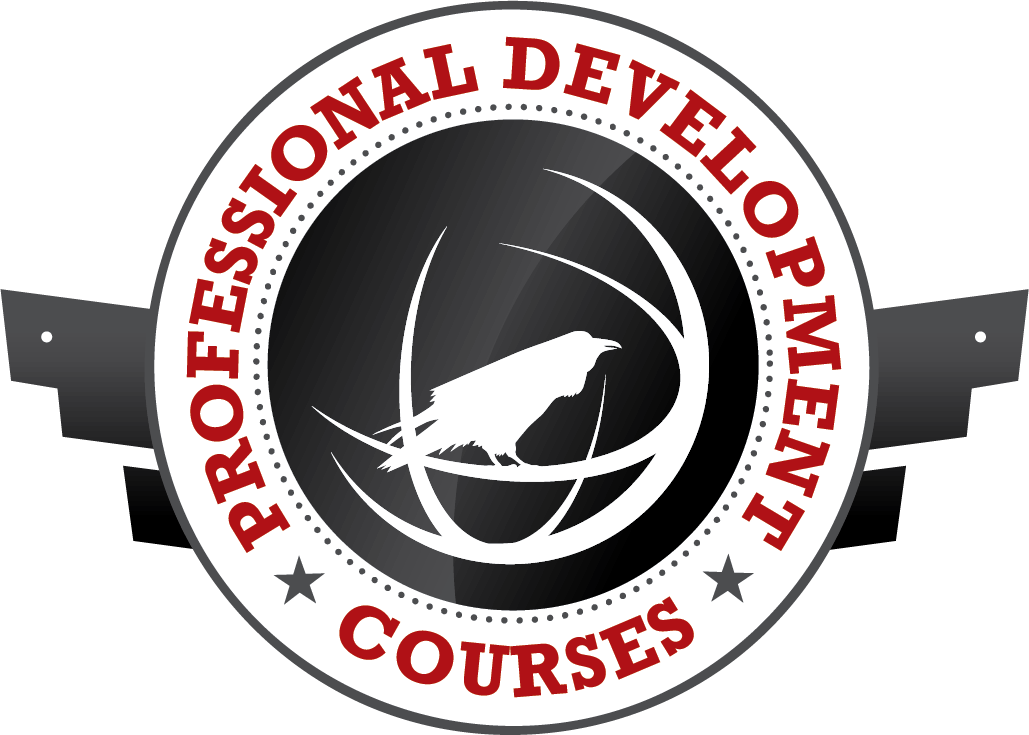Course Details
Autonomous Detection and Classification of LPI Emitters | On-Demand Course
Course Length: 24 hours total - delivered across eight sessions of 3-hours each.
Continuing Education Units (CEUs): 24
Description: This course will cover the unified presentation of the fundamental design principles of LPI radar. This includes a thorough treatment of the numerous types of wideband modulations that can be used to reduce the probability of a non-cooperative intercept receiver’s ability to intercept and extract the waveform modulation parameters (which may easily lead to an effective jammer response). We will also cover the intercept receiver time-frequency and bi-frequency signal processing techniques that can extract the wideband waveform parameters. Autonomous classification and parameter extraction algorithms are also an objective such that a real-time jammer response can be developed – just what we did not want to happen!
Who Should Attend: The course is designed to meet the needs of electrical engineering, physics and systems engineering students at the senior undergraduate and beginning graduate levels and especially those of practicing electronic warfare engineers.

Course Agenda
- Session 1
- The origin of LPI radar, comparing radar detection range to ELINT interception range, periodic ambiguity analysis, introduction to the perfect code, FMCW design concepts, the LPI ToolBox
- Session 2
- Important polyphase modulation codes, Frequency shift keying, Costas sequences and primitive roots, noise waveforms
- Session 3
- Case study (bringing it all together), advanced topics in LPI emitter design (STAR system technology)
- Session 4
- ELINT strategies needed for interception of LPI emitters, classical methods, new ELINT receiver technologies, the Wigner-Ville Distribution, understanding the time-frequency plane, new results against LPI emitter modulations
- Session 5
- Quadrature mirror filtering, wavelet decomposition of LPI modulations, unique noise activities
- Session 6
- Cyclostationary signal processing, FFT accumulation methods, direct frequency smoothing LPI results
- Session 7
- Autonomous feature extraction and feature vector formation; Neural, nonlinear autonomous classifiers
- Session 8
- Autonomous modulation parameter extraction, polyphase parameters from the Wigner-Ville distribution, quadrature mirrors
Required Materials
Attendees need to purchase their own book and MATLAB software for this course.
Detecting & Classifying Low Probability of Intercept Radar can be purchased through Amazon or Artech House*.
*AOC members SAVE 30% OFF any print book at Artech House with code AOC30.
Purchase
Course Pricing
AOC Members - $480
Non-Members - $720
Want to save on your course registration? AOC Members receive discounts on all courses, free access to all webinars and much more. Join now!
NOTE: Each registration is for one (1) participant ONLY. Distributing your login information or allowing others to participate in this course with you or under your account is grounds for removal from the course without a refund of any kind.
Instructor
Dr. Phillip Pace is a Senior Scientist in the Emerging Technologies department at L3Harris Technologies, Plano, Texas and an Adjunct Professor in the Department of Electrical and Computer Engineering in the Lyle School of Engineering, SMU (Southern Methodist University) and a Distinguished Professor (emeritus) in the Department of Electrical an d Computer Engineering at the Naval Postgraduate School. Prior to joining the Naval Postgraduate School, he was at General Dynamics Corporation, Air Defense Systems Division and previously at Hughes Aircraft Company, Radar Systems Group. He is the founding director for the NPS Center for Joint Services Electronic Warfare and the author of three textbooks, Advanced Techniques for Digital Receivers, Artech House Publishing, 2000, and Detecting and Classifying Low Probability of Intercept Radar, Artech House Publishing, 2004 and the 2nd Edition in 2009. Dr. Pace has been a principal investigator on numerous research projects in the areas of microwave-photonic receiver design, signal processing, electronic warfare and weapon systems analysis, has 11 patents and over 40 referred journal publications. He is a Technical Editor for the IEEE Transactions on Aerospace and Electronics Systems Engineering, a life member of the AOC and is a Fellow of the IEEE.

